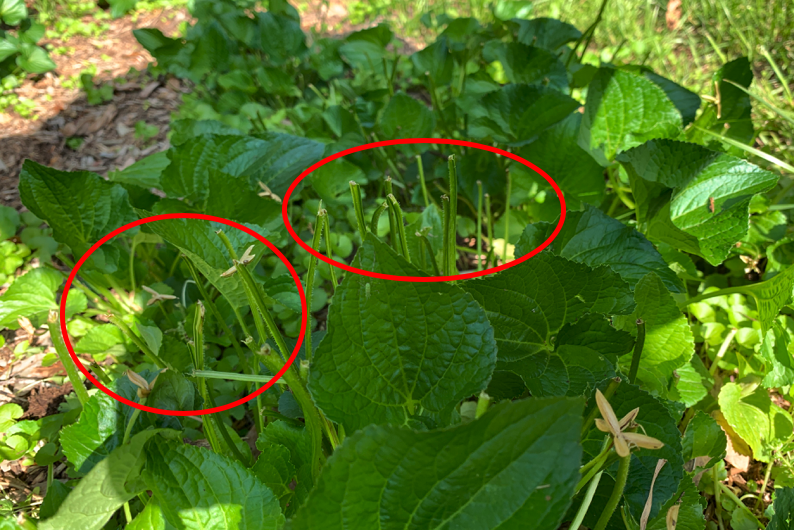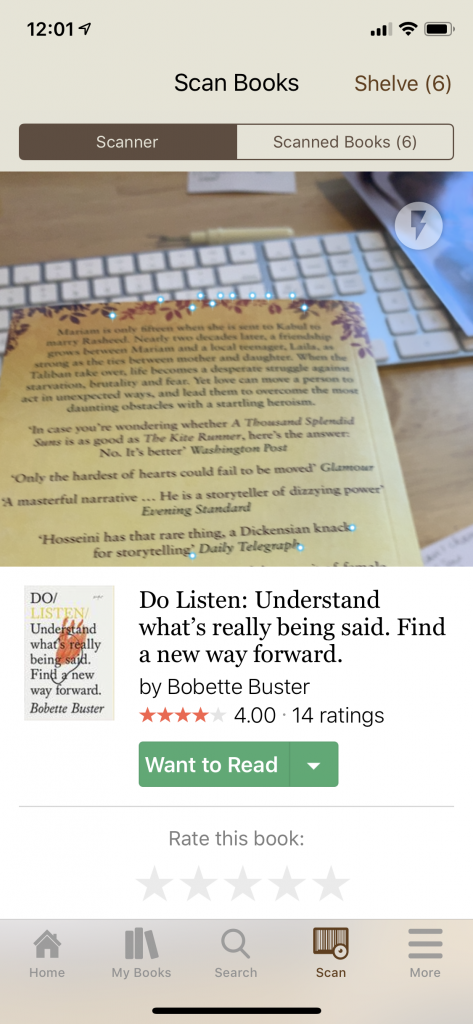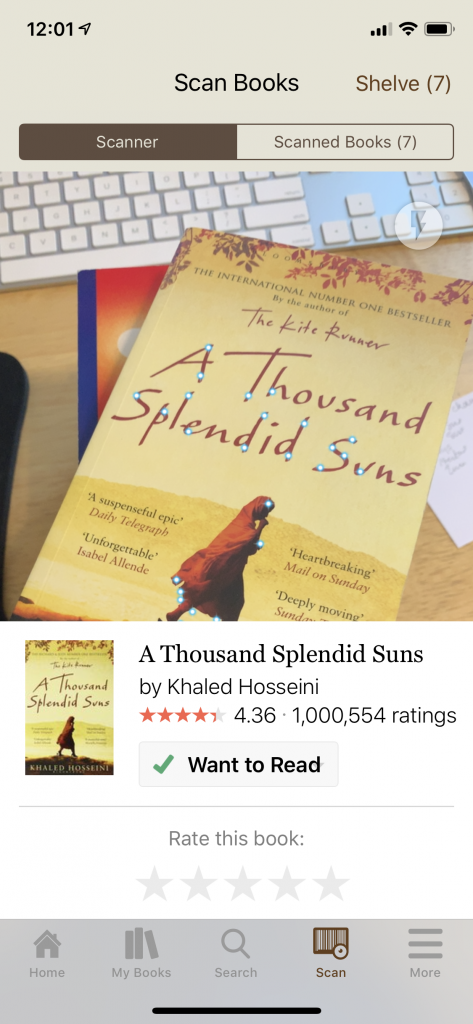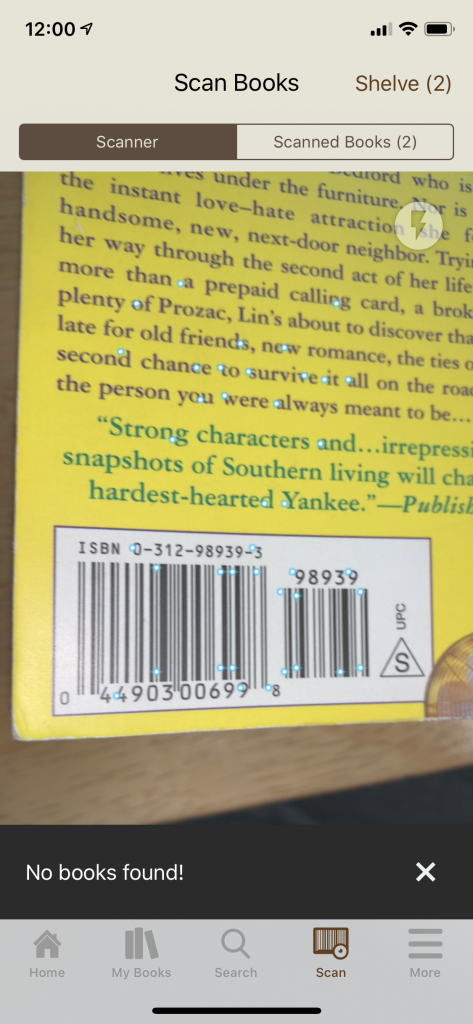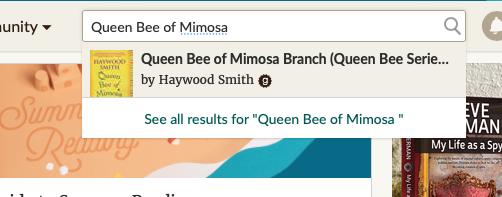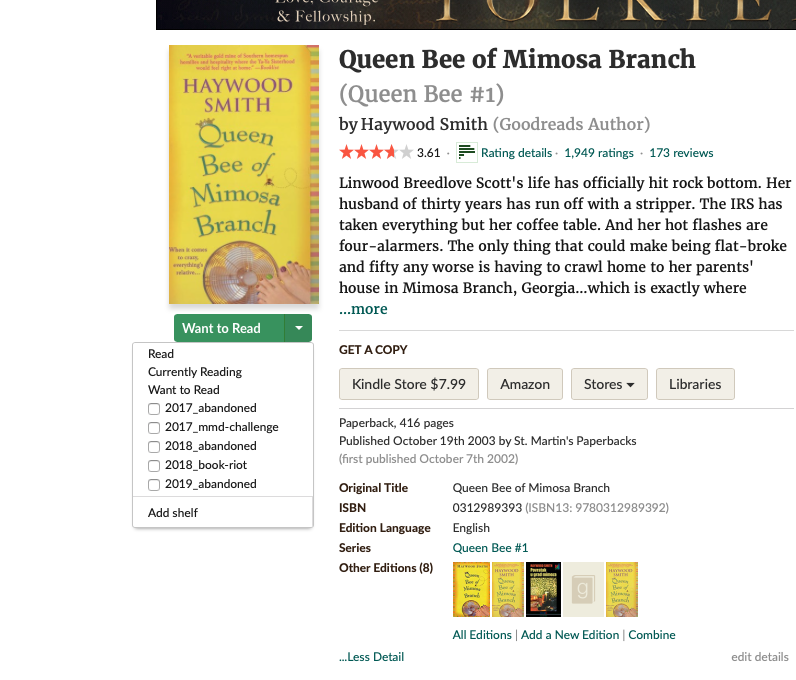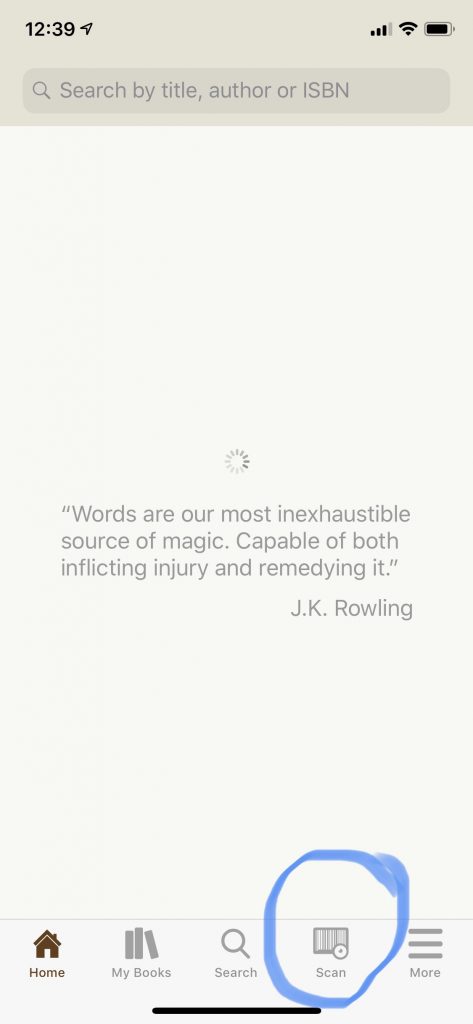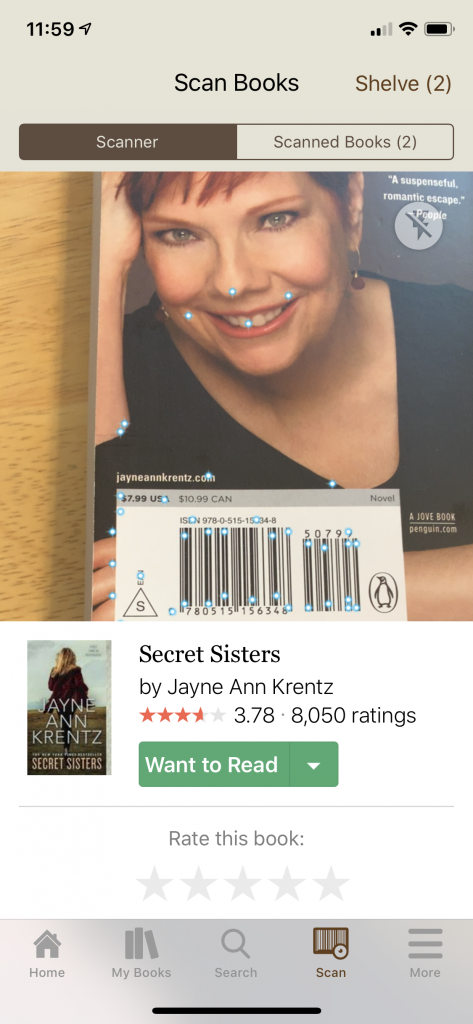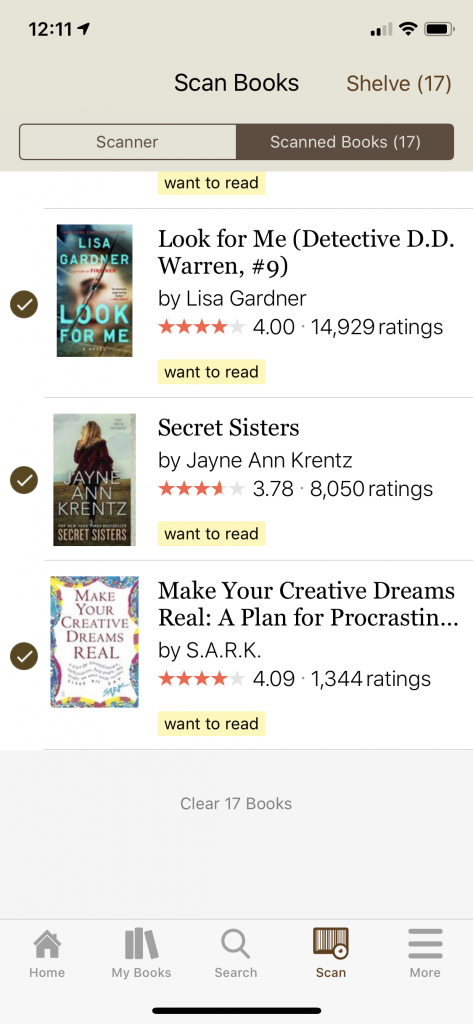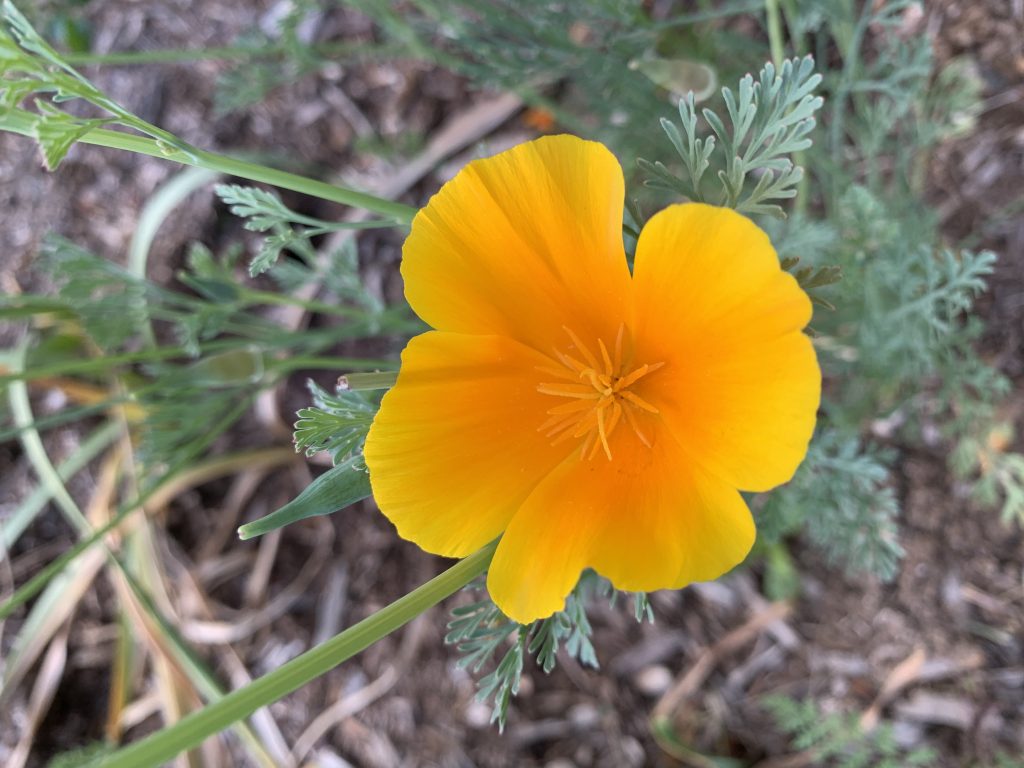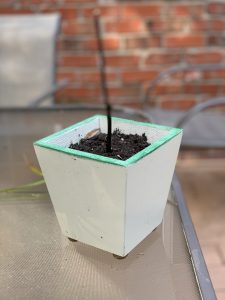Your surroundings impact your health, productivity, and happiness. This is not just the literal space, but what is in that space and why – including digital content.
Making a sustainable, healthy environment is not just about recycling and composting. It is about setting up the physical space you spend your time in to reflect the person that you are. That does not need to be as woo woo as it sounds. It is about letting your space work with you and reflect who you are, whether that means you are a collector of beloved cat figurines or a minimalist. For me bringing the outside world of nature to my indoor spaces is important, but it needs to generally be in an organized way that leaves plenty of “white space.” And don’t forget your digital world. Our gadgets give us vast amounts of storage in email inboxes and shared drives, incoming messages of all types and originations, and outgoing content that may or not be as meaningful as you want it to be.
Look around – is the space you are in now reflecting who you are? Who you want to be? Who you want the world to see? What needs to be added, removed, or changed to support the life you want to lead?
